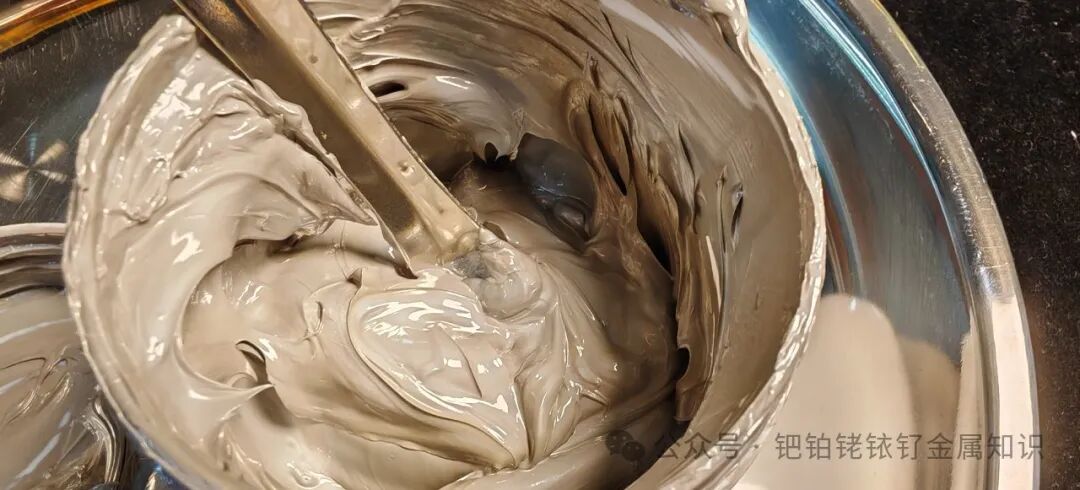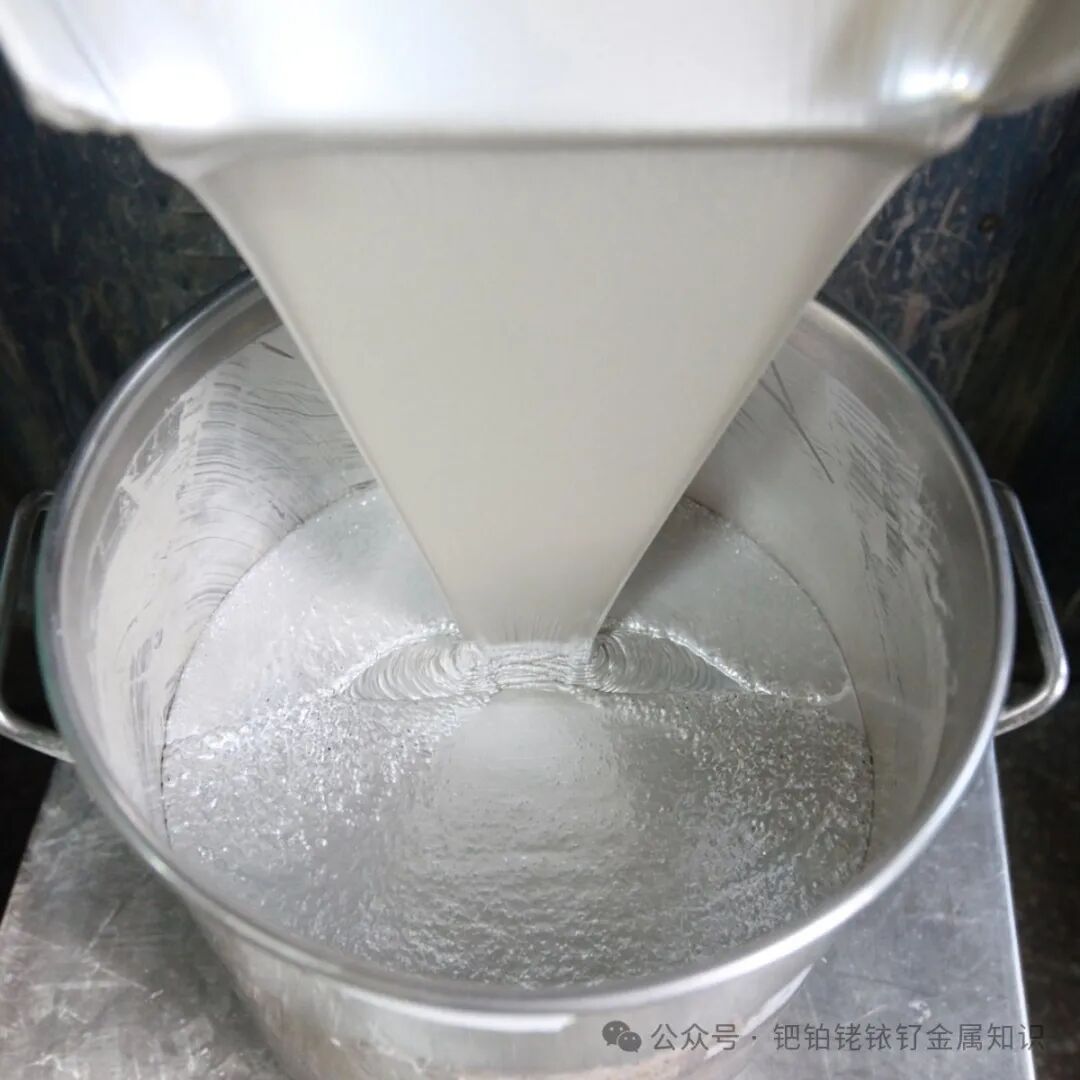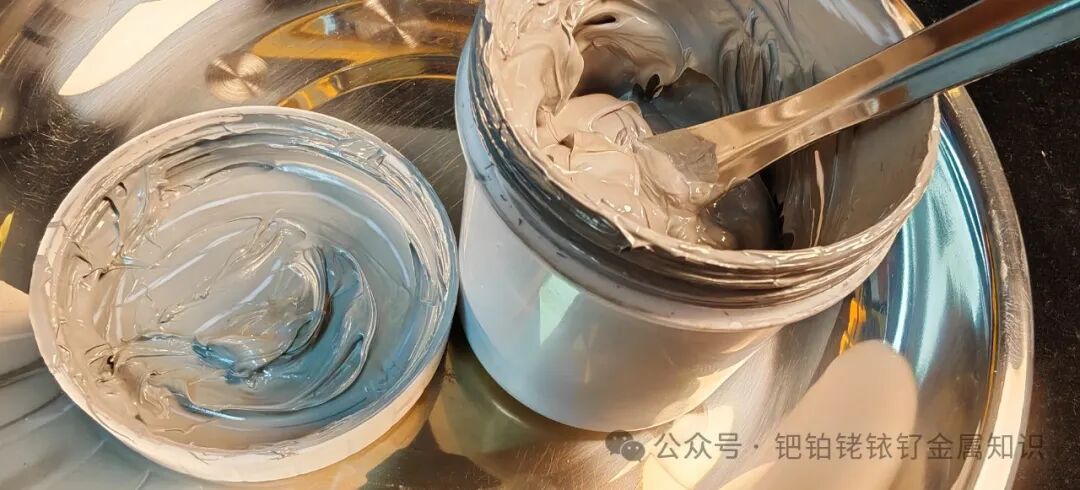1. Price Secrets: The Triple Game Behind Every Gram of Silver
In April 2025, the silver paste recycling market in Beijing showed a “polarized” pattern:
Photovoltaic silver paste waste (containing 80%-95% silver): real-time price of 6.8-7.2 yuan / gram, up 22% compared to the same period last year, mainly driven by the explosive growth in photovoltaic installations (an additional 200GW of photovoltaic installations in 2024, leading to a 35% increase in silver paste demand).
Electronic-grade silver paste waste (containing 60%-75% silver): recycling price of 5.2-5.8 yuan / gram, influenced by the expansion of semiconductor packaging and 5G circuit board production capacity, with a 15% increase since the beginning of the year.
Waste silver paste wipes (containing 10%-30% silver): price of 2.8-3.5 yuan / gram, mainly from printed circuit board manufacturers, with recycling prices closely related to international silver prices (currently $26 / ounce), fluctuating by about ±8% per month.

The three main drivers of price fluctuations:
International silver price anchoring effect: Beijing recyclers refer to the London Metal Exchange (LME) silver price daily, with a price fluctuation range of 5%-10%. For example, if the international silver price drops by 10% on a certain day, the recycling price may be adjusted down by 8% on the same day.
Purity testing accuracy war: Leading companies like Zhongke Pure Gold in Beijing use X-ray fluorescence spectrometers (XRF) to accurately determine silver content within 10 seconds (error < 0.1%), offering prices 5%-8% higher than manual testing competitors.
Policy dividend transmission: In 2024, the Ministry of Finance will increase the VAT refund ratio for recycled resources to 70%, reducing costs for leading recyclers by 12% and raising average terminal recycling prices by 0.5 yuan / gram.
Real case: In March 2025, a photovoltaic component factory in Beijing discovered 5 tons of waste silver paste containing 85% silver while clearing inventory, which was ultimately sold for 2.975 million yuan, equivalent to a value of 595,000 yuan per ton of waste, 12,000 times that of the same weight of scrap iron.
2. Hidden Gold Mine: Five Sources of High-Value Waste
In Beijing’s industrial system, silver paste waste is like scattered “stardust,” waiting to be discovered:
1. Photovoltaic Industry: The “Silver Artery” on Silicon Wafers
Application scenario: The positive silver electrode of photovoltaic cells, each 182mm silicon wafer requires 120-150mg of silver paste, accounting for 15%-20% of the battery cost.

Typical waste: A certain photovoltaic company in Shunyi found 850 kilograms of silver hidden in 10 tons of waste silver paste, worth over 5.7 million yuan. This type of waste usually contains 80%-95% silver and is considered “hard currency” in the recycling market.
Treasure hunting scene: Waste storage at photovoltaic component factories, waste piles in silicon wafer cutting workshops.
2. Electronic Information: The “Liquid Silver” in Circuit Boards
Application scenario: Coatings for 5G base station filters, semiconductor sputtering targets, hard disk magnetic heads.
Typical waste: 1 ton of discarded mobile phones can extract 5-10 grams of silver, with a single gram worth over 200 yuan; a certain electronics factory in Haidian had 10 tons of old circuit boards containing 0.05% silver, worth nearly 300,000 yuan after refining.
Treasure hunting scene: Electronic waste recycling stations in Zhongguancun, waste bins in Yizhuang chip packaging workshops.
3. Printed Circuit: The “Precious Metal Trap” in Inks
Application scenario: Flexible circuit boards (FPC), RFID tags, smart card contacts.
Typical waste: A certain printing factory in Daxing had 5 tons of waste silver paste wipes, containing 15% silver, worth over 210,000 yuan after purification. This type of waste is often collected at low prices by small workshops due to its low silver content, resulting in actual losses of up to 70%.
Treasure hunting scene: Waste pools at printing companies, collection boxes for wiping cloths from offset printers.
4. Medical Precision: The “Forbidden Zone Wealth” of Radioactive Waste
Application scenario: Silver-iridium alloy targets for gamma-ray radiotherapy equipment, electrodes for cardiac pacemakers.
Typical waste: A 50-gram silver-iridium radioactive source can have a recovery value of up to 50,000 yuan (including a premium for handling radioactive materials). Such waste must be handled by qualified enterprises, with only 3 institutions in Beijing capable of recycling.
Treasure hunting scene: Equipment department warehouses in top-tier hospitals, nuclear medicine laboratories.

5. Research Institutions: The “Fish That Escaped the Net” in Laboratories
Application scenario: Residual silver paste from electronic laboratories in universities, waste from new material research.
Typical waste: A certain Tsinghua laboratory had 10 liters of discarded silver ammonia solution, which was found to contain 0.8% silver, worth over 12,000 yuan after refining. This type of waste is often overlooked, but has significant recovery potential.
Treasure hunting scene: Waste liquid barrels in university chemistry laboratories, temporary storage rooms for waste in research institutions.
3. Technical Secrets: The Rebirth Journey from “Garbage” to “Silver”
In the precious metal recycling workshop in Fangshan, modern alchemists are cracking the wealth code using a “three-step value reconstruction”:
Pre-treatment and impurity removal:
Physical separation: For photovoltaic waste silver paste, ultrasonic vibration + centrifugal separation technology is used to quickly separate glass fibers, organic carriers, and silver powder, increasing silver recovery rates from the traditional stirring method of 85% to 99.2%.
Chemical demulsification: Electronic-grade waste silver paste contains organic substances like epoxy resin. By adding NaOH solution (concentration 5mol/L) and performing saponification at 60°C for 2 hours, the demulsification rate reaches 99%, clearing obstacles for subsequent dissolution.
Wet dissolution:
Nitric acid dissolution method (mainstream process): Reacting silver paste waste with concentrated nitric acid in a 1:3 ratio, controlling the temperature at 80°C and pH<1, the reaction equation is: Ag + 2HNO₃ → AgNO₃ + NO₂↑ + H₂O, with a dissolution efficiency of over 98%, but requires supporting acid mist purification towers to handle nitrogen oxides.
Environmentally friendly ammonia water dissolution (emerging technology): Using an ammonia-water – hydrogen peroxide system, reacting at room temperature (2Ag + 4NH₃・H₂O + H₂O₂ → 2 (Ag (NH₃)₂) OH + 4H₂O), with no nitrogen oxide emissions, reducing dissolution costs by 30%, already piloted in Shunyi.
Purification crystallization:
Electrolytic refining: Pouring the dissolved silver nitrate solution into an electrolytic cell, using pure silver plates as cathodes and titanium plates as anodes, controlling the current density at 200A/m², after 2 hours, 99.99% high-purity silver precipitates at the cathode, while impurities (copper, lead, etc.) concentrate in the anode mud for further recovery.
Reduction precipitation method: For small-scale recovery, adding hydrazine hydrate (N₂H₄・H₂O) as a reducing agent (2Ag⁺ + N₂H₄ → 2Ag↓ + N₂↑ + 4H⁺), controlling the reaction pH at 8-9, the resulting silver powder has a purity of 99.8%, suitable for laboratory-level purification.
Technical breakthrough: The “direct regeneration technology for nano silver paste” developed by Zhongke Pure Gold in Beijing skips the dissolution step, using microwave sintering to remove organic materials, achieving a silver recovery rate of 99.5%, reducing energy consumption by 40%, and lowering the cost of processing per ton by 20,000 yuan. Related equipment has been exported to photovoltaic production areas in Southeast Asia.
4. Beijing’s Breakthrough: Dual Drivers of Resource Endowment and Industrial Upgrade
As the core city of the Beijing-Tianjin-Hebei coordinated development, Beijing has unique advantages in the silver paste recycling field:
Resource gene:
Relying on electronic giants like BOE and SMIC, Beijing generates over 5,000 tons of electronic-grade silver paste waste annually, accounting for 35% of the total in North China.
The photovoltaic industry clusters in Shunyi and Daxing contribute about 2,000 tons of photovoltaic silver paste waste each year, becoming a “granary” for recycling companies.
Policy support:
Beijing implements a 50% VAT refund for recycled resource companies, with a maximum annual subsidy of 3 million yuan for a single company, directly reducing recycling costs by 15%.
The free trade pilot zone explores a “processing with supplied materials + processing with produced materials” model, allowing silver-containing waste to be pre-treated in customs special supervision areas, reducing import costs.